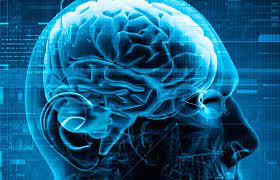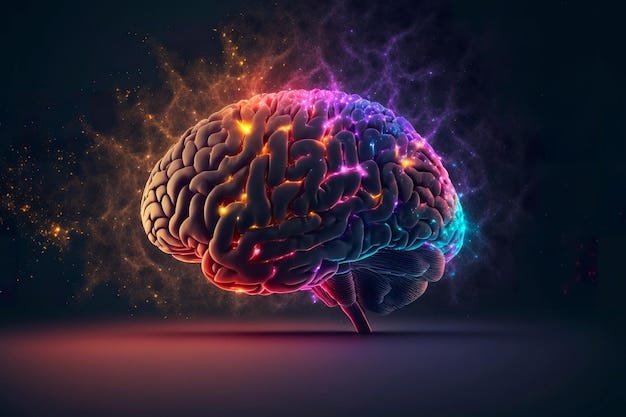Electrophysiology, the revolutionary study of the electrical properties of cells and tissues, is a cornerstone of neuroscience. Its potential in diagnosing and treating neurological disorders is immense. In this article, Evoke Neuroscience will discuss how electrophysiology is revolutionizing the field of neurology.
Understanding Neurological Conditions Through Electrophysiology
Electroencephalogram (EEG) is a non-invasive method used to record the brain’s electrical activity. EEGs can detect abnormal brain waves or patterns indicative of certain neurological disorders like epilepsy, Alzheimer’s disease, and sleep disorders.
Also, Evoked Potentials (EP) studies are procedures that measure the electrical activity of the brain in response to stimuli, such as touch, sound, and sight. They can help assess neurological problems like multiple sclerosis, optic neuritis, and spinal cord injuries.
Treating Neurological Conditions With Electrophysiology
In Deep Brain Stimulation (DBS), an electrophysiological device, much like a ‘brain pacemaker,’ is implanted in certain brain regions. This device sends electrical signals to interrupt irregular nerve signals, providing relief from conditions like Parkinson’s disease, essential tremor, and dystonia.
Vagus Nerve Stimulation (VNS) is where a device is implanted under the skin of the chest, which sends electrical signals along the vagus nerve in the neck, onwards to the brain. VNS is primarily used to treat refractory epilepsy and depression.
Evoke Neuroscience Lastly, in Transcranial Magnetic Stimulation (TMS), a coil placed on the scalp generates a magnetic field, inducing a small electric current in the underlying brain tissue. This non-invasive procedure treats a variety of conditions, including depression, migraines, and stroke recovery.
The Future of Electrophysiology in Neurology
Brain-Computer Interface (BCI) can read brain signals, convert them into commands, and then translate these commands into actions on a device, such as moving a cursor or controlling a prosthetic limb, offering significant potential for mobility-impaired patients.
Lastly, one technique called optogenetics involves introducing light-sensitive proteins into neurons, which then can be remotely activated or inhibited using different light wavelengths. It’s a groundbreaking method that promises to dissect neural circuits with unprecedented precision.



